According to the forestry sector, planting only fast-growing trees such as acacia makes forests less resilient to natural disasters. Fast-growing trees often have a less sustainable forest structure than native species, which is also one of the reasons why storm No. 3 caused such heavy damage to forest growers in Quang Ninh. Sustainable forestry development does not mean completely eliminating fast-growing tree areas, but it is necessary to harmoniously intertwine with the planting of native species.
Resolution No. 19-NQ/TU (dated November 28, 2019) of the Provincial Party Committee Standing Committee on sustainable forestry development in Quang Ninh province to 2025, with a vision to 2030 and Action Program No. 60/CTr-UBND (dated January 6, 2020) of the Provincial People's Committee on implementing Resolution No. 19-NQ/TU of the Provincial Party Committee Standing Committee clearly pointed out the orientation of afforestation in the new period, emphasizing the conversion of small timber plantations to large timber plantations.
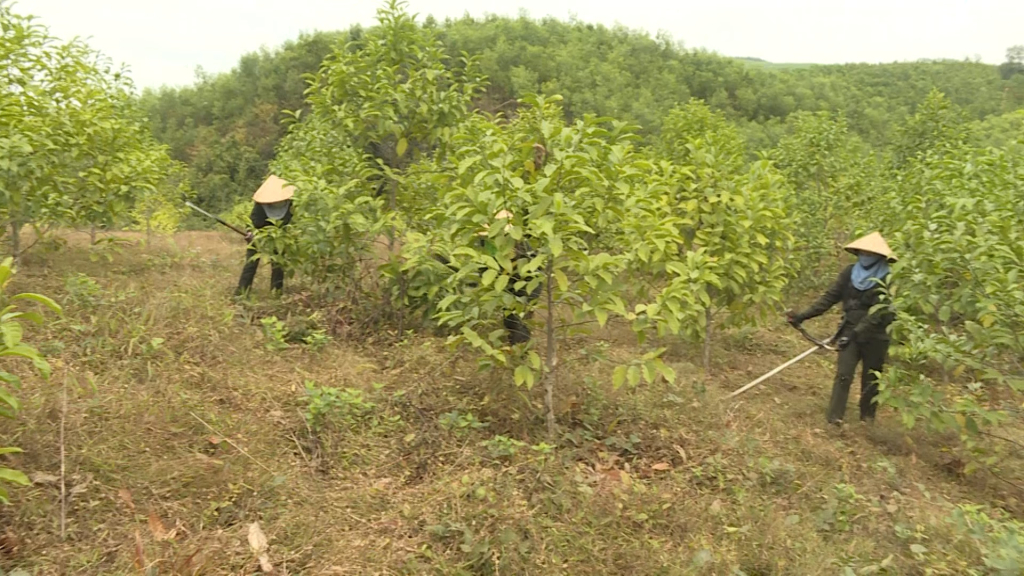
Based on the above orientation, on March 24, 2021, the Provincial People's Council issued Resolution No. 337/2021/NQ-HDND stipulating a number of specific policies to encourage sustainable forestry development in Quang Ninh province. Initially, the resolution was piloted in the localities of Ha Long, Cam Pha, and Ba Che. After 3 years (2021-2023) of implementation, 921 forest owners, households and individuals, have benefited from the policy of developing large timber and native tree plantations with an area of 1,433.2 hectares, with a total provincial budget support of 28.8 billion VND.
Initial results in implementing Resolution No. 337/2021/NQ-HDND have contributed positively to the results of developing large timber and native tree plantation areas, improving the quality of planted forests in Quang Ninh. In the period of 2021-2023, the whole province has planted 4,170 hectares of large timber and native trees, an average of 1,390 hectares/year, equal to 248% compared to the period of 2017-2020. In 2022, the whole province planted 2,288.8 hectares of lim, doi, and lat forests; in 2023, 1,078.3 hectares of lim, doi, and lat forests were planted, the forest cover rate was maintained at 55% and the forest quality was improved.
The provincial forestry sector has had innovative, modern, synchronous and suitable solutions in planting, caring for, protecting forests and changing the crop structure from imported trees (acacia) by gradually increasing native tree species with improved varieties in the direction of intensive afforestation, planting multiple tree species, planting non-timber forest products under the canopy. Thereby, it not only provides large timber, increases economic value per unit forest area, but also enhances the sustainability of planted forests in the province.
In recent years, the province has promoted the planting of large timber forests. As a result, in the period of 2019-2024, with the model of intensive large timber afforestation, over 4,000 hectares have been newly planted. Planting large timber forests has brought much higher economic value than planting small timber forests, especially the cost of planting large timber forests is lower than planting small timber forests, because the later stages are mainly about forest protection instead of reforestation.
Planting and converting from small timber forests to large timber forests, from planting imported tree varieties (acacia) to gradually switching to native tree species is a sustainable direction, bringing many economic, environmental and social benefits in forest planting work in enterprises in particular and the province in general.
Given the potential of forests and forest land in the province, along with the achievements, as well as the system of synchronous solutions to manage, protect and develop forests in general and afforestation in particular, the work of planting new forests, converting forests from small timber to large timber forests needs to be focused on and the drastic participation of local authorities at all levels. More importantly, each organization, household and individual should reconsider the choice of which forest trees to plant to balance the goal of protecting a safe living environment instead of focusing only on short-term trees such as acacia for immediate economic purposes.
In fact, selecting key native tree species, improving varieties in depth, researching intensive and multi-species planting techniques with the goal of providing large timber to develop value chains is a sustainable and long-term direction in forestry development in the area.
Nguyen Van Bong (Deputy Head of Quang Ninh Provincial Forest Protection Department)
Source



![[Photo] Closing of the 11th Conference of the 13th Central Committee of the Communist Party of Vietnam](https://vstatic.vietnam.vn/vietnam/resource/IMAGE/2025/4/12/114b57fe6e9b4814a5ddfacf6dfe5b7f)



![[Photo] Overcoming all difficulties, speeding up construction progress of Hoa Binh Hydropower Plant Expansion Project](https://vstatic.vietnam.vn/vietnam/resource/IMAGE/2025/4/12/bff04b551e98484c84d74c8faa3526e0)




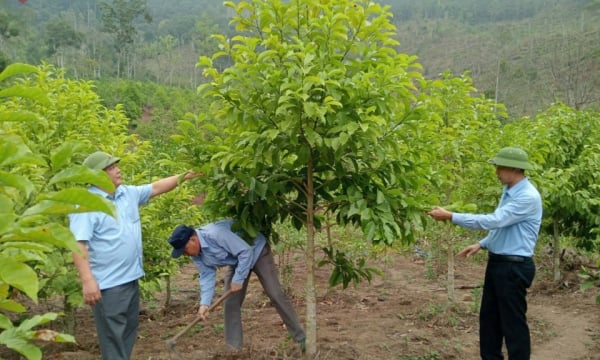

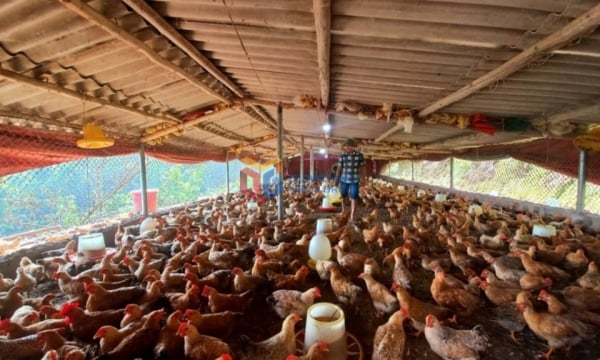
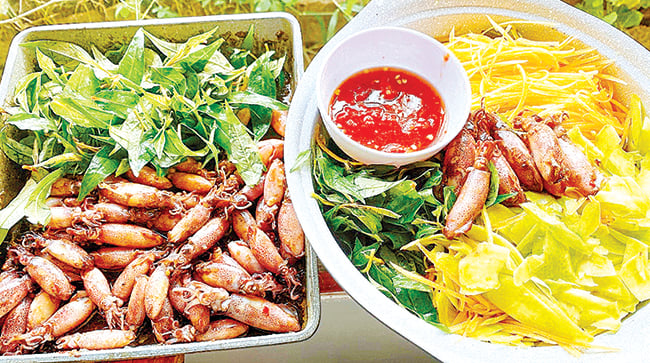









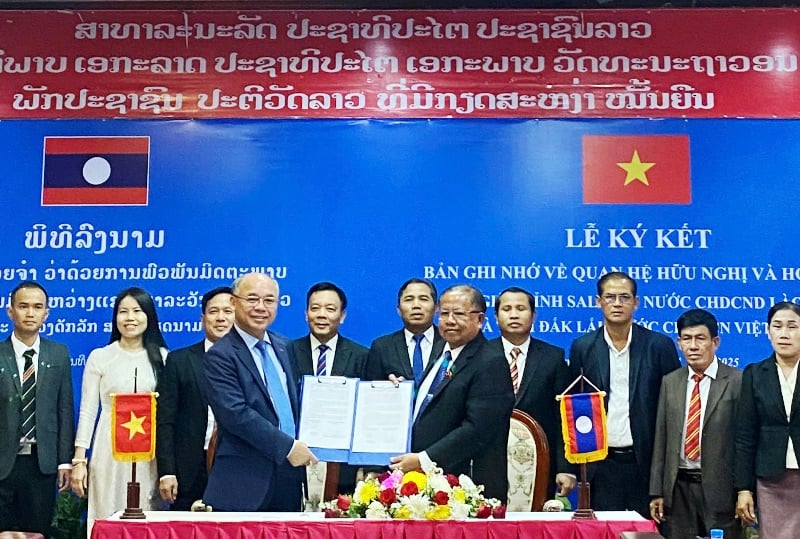
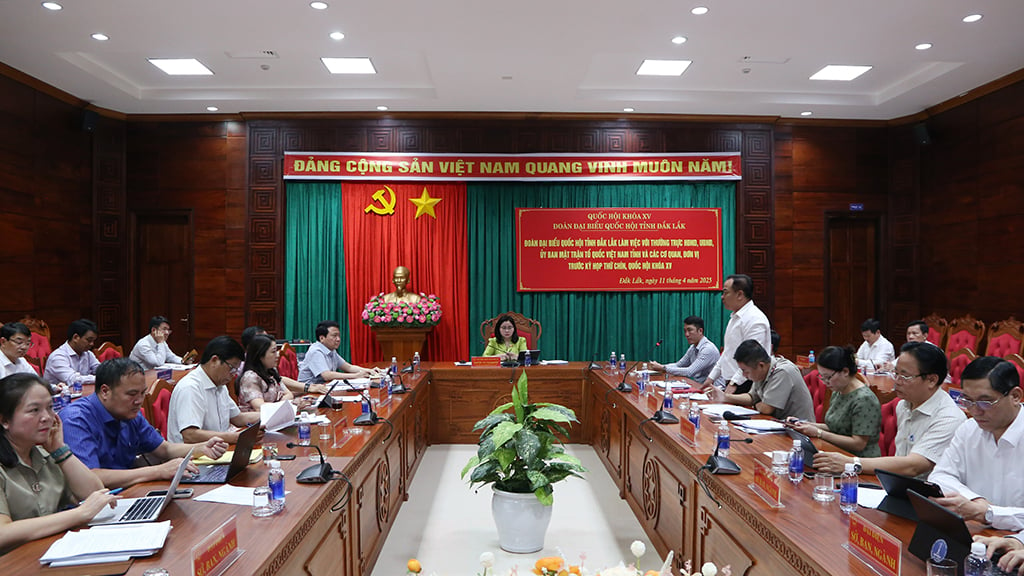

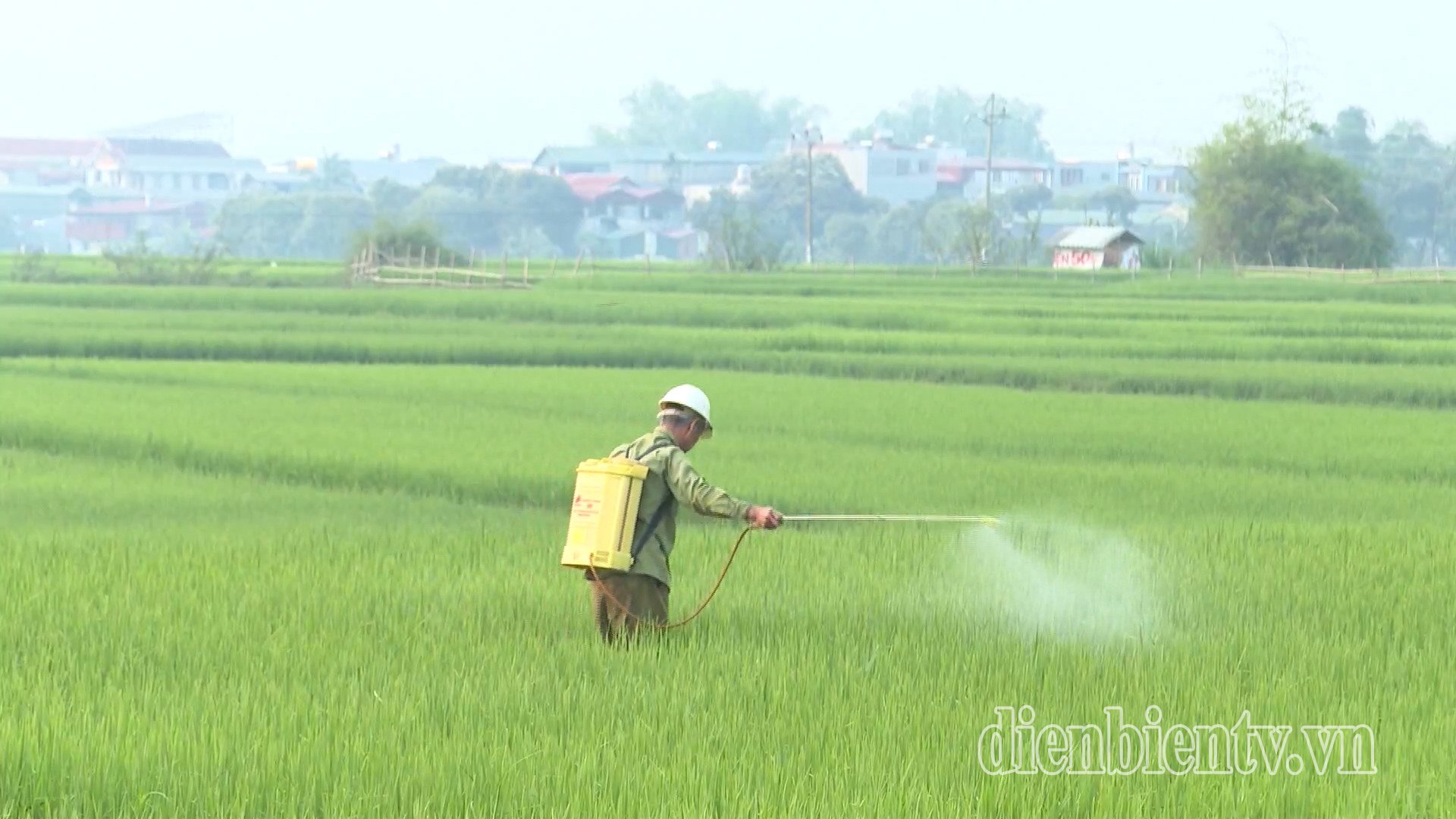
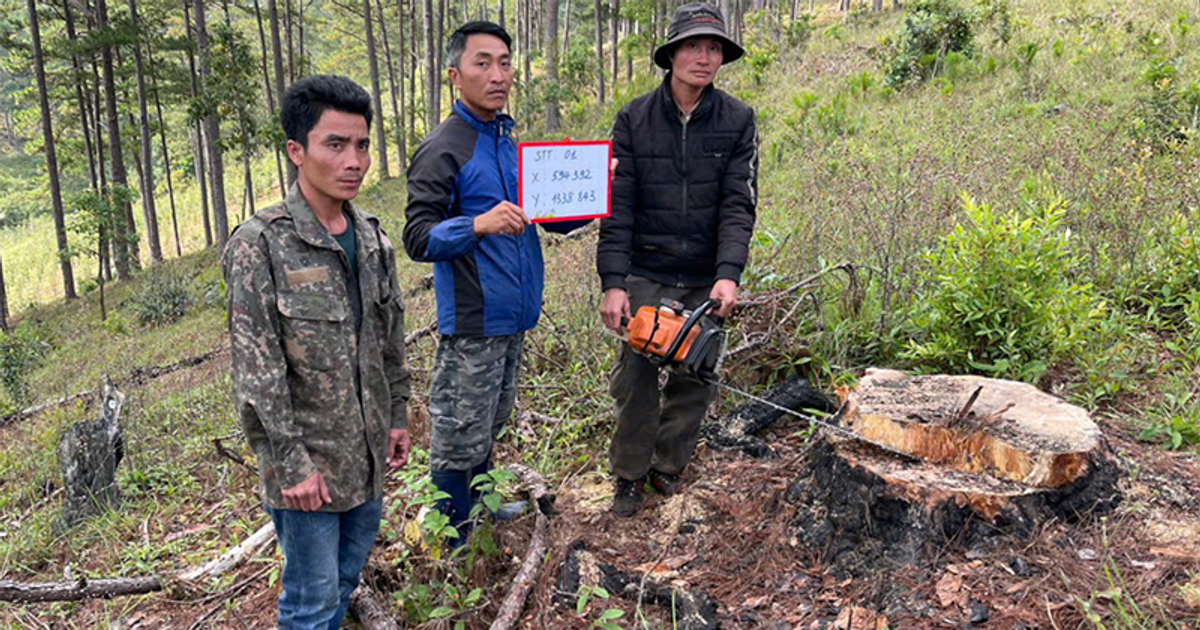













































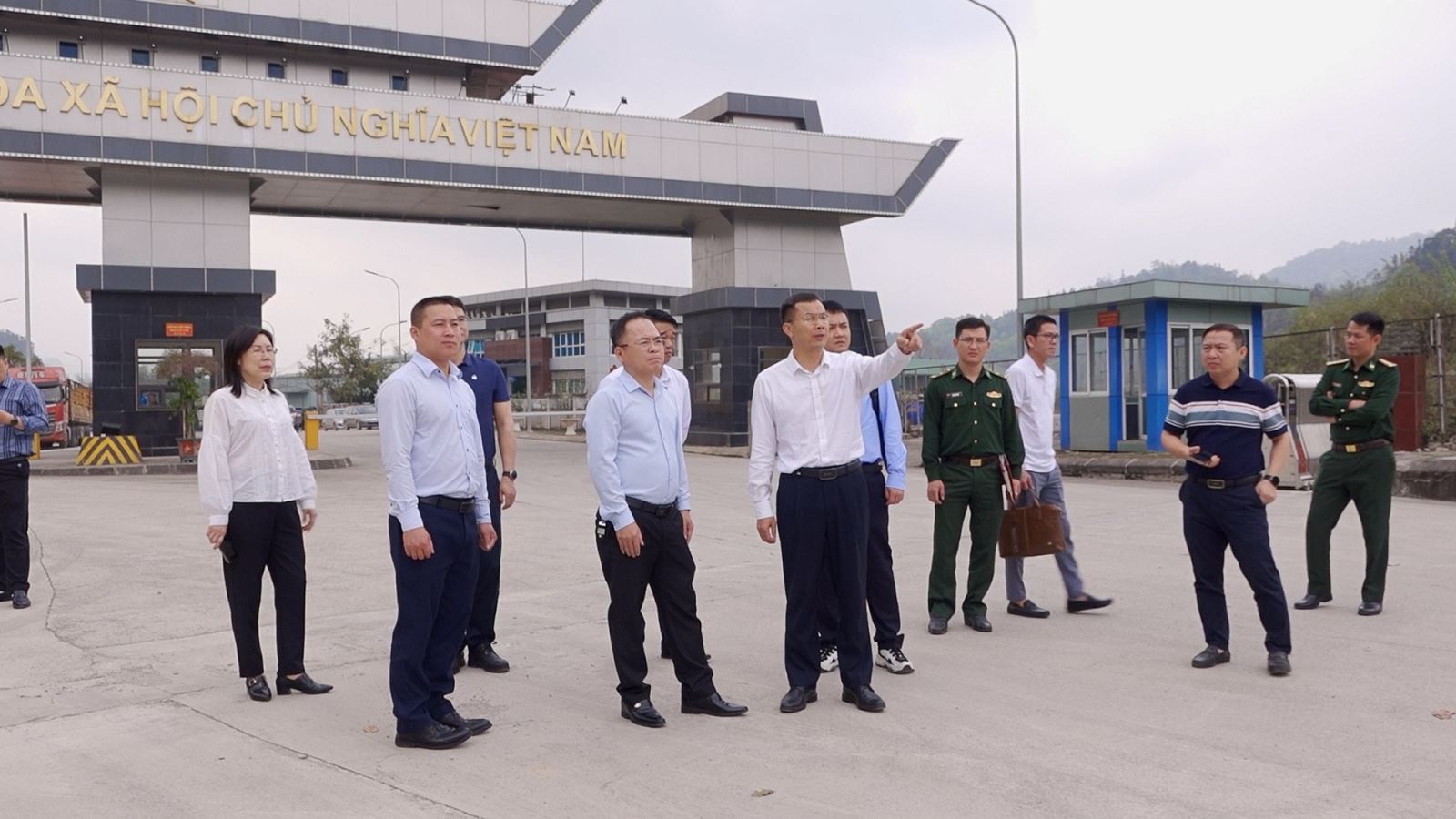

















Comment (0)